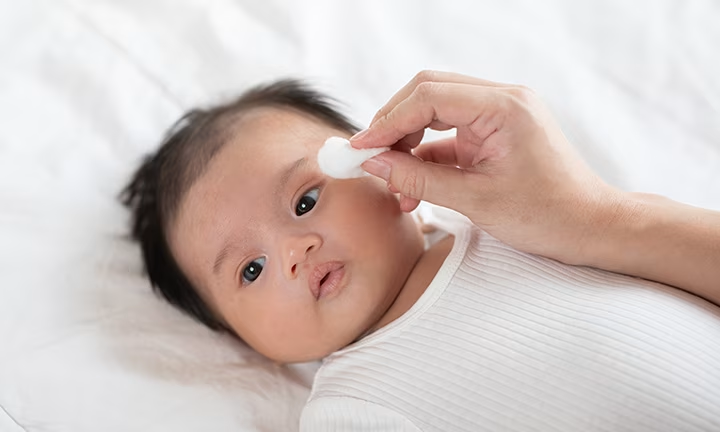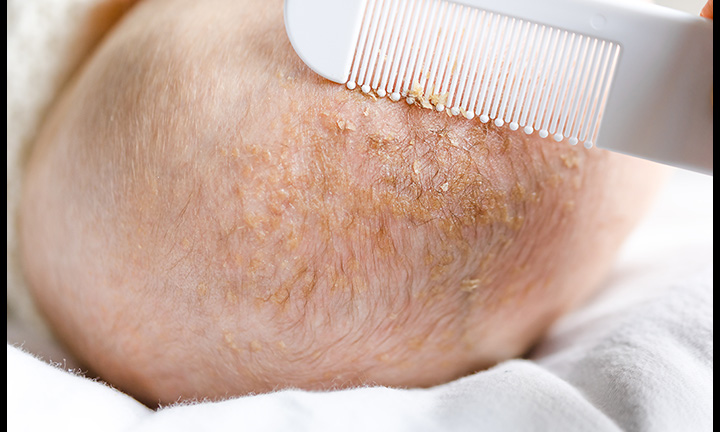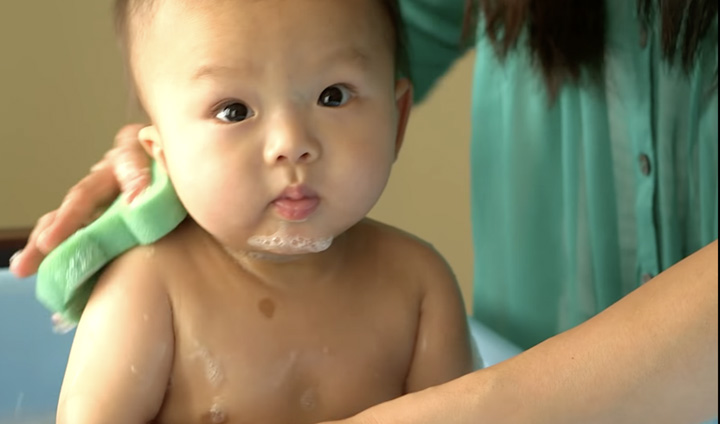
How to Clean Your Baby’s Ears, Eyes and Nose
Keeping your newborn happy and comfortable is at the top of the list for many parents, and this includes keeping their little faces clean. Whether you’re a new parent or an experienced one, you may be seeking advice on how to clean your baby's ears, eyes, and nose. Our guide provides easy-to-follow tips to help you clean delicate areas of your baby without causing any discomfort. Keep reading for step-by-step instructions on how to safely and effectively clean your baby’s ears, eyes and nose.
The Importance of Cleaning Your Baby’s Eyes, Ears and Nose
Newborns and older infants don’t need to be bathed much – two to three baths per week is usually sufficient in the first year. On the days in between, you could give your baby a ‘top and tail’. This simply means cleaning their face, neck and ears, and their bottom. You'll want to gently clean their face and neck with a wet washcloth (and also the folds of their skin and the nappy area, too). Wiping your baby's face helps remove things like dried milk or mucus from around their nose, mouth and eyes and helps keep your little one's delicate skin healthy and prevent infections. To maintain hygiene and ensure your baby's comfort, it's important to know how to wash your baby’s face properly.
How to Wash Your Baby’s Face
When cleaning your baby's eyes, ears, and nose, you can start by filling a bowl with warm, soap-free water. Ensure you have everything you need nearby, including cotton wool, a towel, a clean nappy and clean clothes. Ensure your baby is warm and in a comfortable position and that you’re supporting them with one hand while cleaning their face with the other. It’s generally advised to use cotton wool with water to gently clean your baby’s face. Here are some specific tips for how to clean your baby’s eyes, ears and nose:
1. How to Clean Your Baby’s Eyes
Whether it’s a full bath or just a quick top and tailing, it’s best to begin with the eyes. To clean your baby’s eyes, gently wipe from the inner corner to the outer corner of their eye with damp cotton wool. Use a new piece of cotton wool for each eye to avoid cross-contamination. Consult with your doctor, midwife or health visitor if you have any concerns or questions about how to clean your baby's eyes.
2. How to Clean Your Infant’s Ears
When cleaning your baby’s ears, it’s important to follow this safety guideline: Never insert anything into their ear canal, including cotton swabs. Instead, use a fresh piece of cotton wool to carefully clean around the outside of the ear and behind the ears. You may have questions about your baby’s ear wax and how (or if) you should clean inside their ears at home to remove it. Ear wax in babies and adults is normal and healthy. It helps to protect the lining of the ear canal and traps any dust or other particles that may cause damage or infection in the ear. A swift cleanse with some damp cotton wool on the exterior of your baby’s ears is all that’s needed, as ears are actually self-cleaning and ear wax naturally exits by itself. Removing your baby’s ear wax from within the ears at home is unsafe and not advised. Attempting to extract the wax with cotton buds (or any other implements) can propel the baby ear wax further into the ear canal, leading to obstructions or harm. Consult your doctor, health visitor, or midwife if you have any concerns or questions about how to clean a baby's ears.
3. How to Clean Your Baby’s Nose
Cleaning your baby’s nose is similar to the process of how to clean your baby’s ears. You can use the washcloth to gently wipe around your baby’s nostrils and remove any dried mucus. Don’t insert anything inside your baby’s nostrils, as this can cause damage to the lining. If your baby is congested and it’s causing them discomfort when breathing or feeding, you could use a nasal aspirator or nasal saline spray or drops to gently clear their nasal passages. Always follow the instructions provided and never force anything into their nose. It may also be helpful to use a cool mist humidifier in their room to keep the air moist and ease congestion. Consult with your doctor or health visitor if you have any concerns or questions about cleaning your baby’s nose. Once you’re finished washing your baby’s face, gently pat their skin dry with a soft towel.
When to Contact Your Doctor
Cleaning your baby’s ears, eyes, and nose is relatively straightforward; however, if you notice any of the following, it’s recommended to contact your doctor or health visitor:
FAQS AT A GLANCE
When cleaning your baby's ears, it's important to understand that baby ear wax is completely normal and that ears are self-cleaning. This means you need to wipe only the outside of the ears and behind the ears with a clean piece of damp cotton wool. You should never insert anything inside the ear (including cotton swabs) as this can push ear wax deeper into the ear canal and cause damage.
The Bottom Line
Maintaining cleanliness in your baby’s ears, eyes and nose is important for their comfort and to prevent potential infections. It’s essential to know how to clean your baby’s ears without inserting anything into the ear canal. Similarly, understanding the proper method for cleaning your baby’s nose is important, as you should never push anything up their nose. You can even use these gentle cleaning techniques if your little one has baby acne; our dedicated article has more advice on this topic. Remember to be cautious and gentle, as babies’ skin and features are very delicate. If you have any concerns about the health of your baby's ears, eyes or nose, don't hesitate to contact your doctor or health visitor. For more on bathing, check out our tips on your baby’s first bath and how to give your baby a sponge bath.
How We Wrote This Article The information in this article is based on expert advice found in trusted medical and government sources, such as the National Health Service (NHS). You can find a full list of sources used for this article below. The content on this page should not replace professional medical advice. Always consult medical professionals for full diagnosis and treatment.



